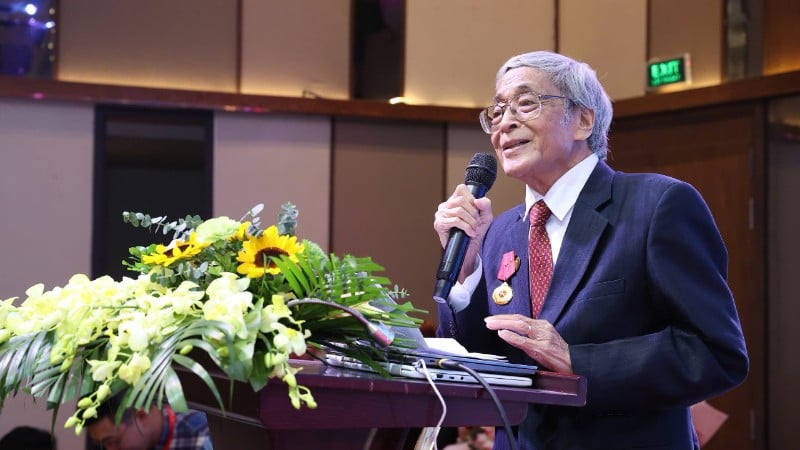
On the morning of October 17, the Vietnam Rehabilitation Association (Vinareha) organized the National Rehabilitation Science Conference 2025 in Thanh Hoa. The conference gathered about 650 delegates, including 6 international experts from Korea, Thailand and Japan.
In his opening speech, Associate Professor, Dr. Tran Trong Hai, President of the Vietnam Rehabilitation Association, said that from the years of lacking human resources and facilities, the rehabilitation sector now has a widespread network, with hundreds of centers, departments, and specialized hospitals.
Along with dedicated leading experts, the young workforce in the industry is becoming more mature, dynamic and creative than ever. Many young people are not afraid to experiment, innovate, and apply technology to each treatment session and each patient care plan, contributing to the new face of rehabilitation in Vietnam today.
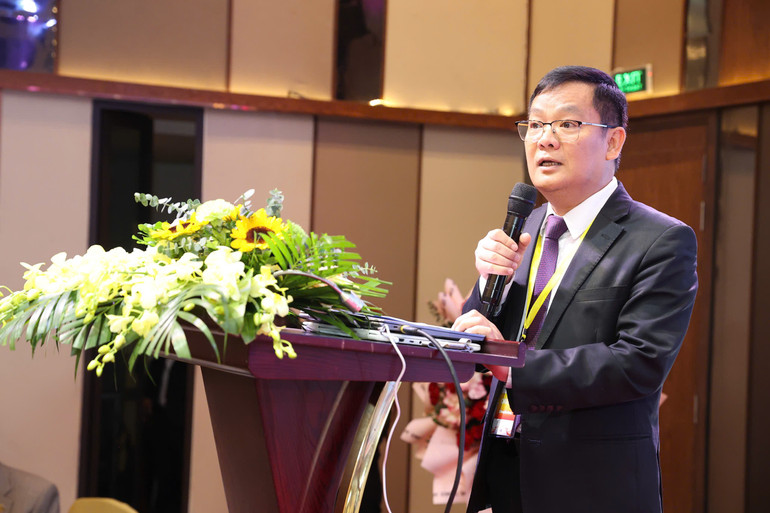
Artificial intelligence (AI) is gradually becoming an inseparable part of rehabilitation. Currently, many medical examination, treatment and rehabilitation facilities have begun to apply AI in assessing motor function, in designing personalized exercises, and monitoring treatment progress remotely.
Sensor systems, recovery support robots and automated tracking software are no longer a distant future, but are already present in therapy rooms, helping doctors and technicians better understand the patient's body, optimize exercises and shorten the recovery process.
At the conference, Dr. Vuong Anh Duong, Deputy Director of the Department of Medical Examination and Treatment Management, Ministry of Health , said that the Government's guiding viewpoint: Rehabilitation is an area of increasing interest to the Government, Ministry of Health, ministries, branches and local authorities.
Dr. Duong emphasized that rehabilitation is one of the indispensable areas of a complete health system. Therefore, it is necessary to maintain and develop a rehabilitation network in accordance with the health system planning, economic and social conditions and move towards the level of advanced countries in the region and the world.
At the same time, develop rehabilitation services in medical examination and treatment facilities, social assistance facilities, nursing facilities for war invalids and people with revolutionary contributions, and community-based rehabilitation.
The conference recorded 70 scientific reports presented, along with 4 workshops, 3 thematic sessions, 2 satellite sessions and 12 in-depth sessions.
Many cutting-edge and up-to-date topics were presented, such as: Robotic applications in rehabilitation; multidisciplinary approach in chronic pain management; management of urinary incontinence; advances in minimally invasive spine surgery and the impact of post-operative rehabilitation.
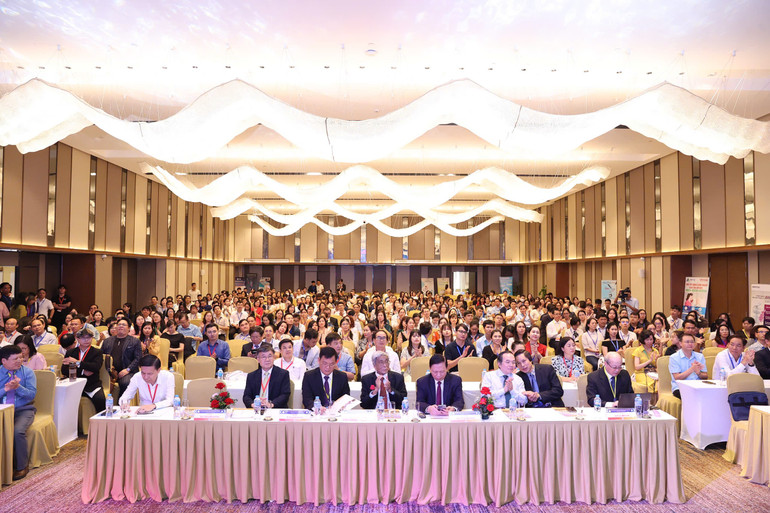
Sharing the challenges and development directions of rehabilitation in the coming time, Associate Professor, Dr. Tran Trong Hai said that rehabilitation human resources are still lacking in some specialties, facilities are not uniform among regions, and especially social awareness of the role of rehabilitation still needs to be further improved.
To overcome these difficulties, the Vietnam Rehabilitation Association will continue to accompany international training facilities, schools and organizations, focusing on three key directions: Developing a community-based rehabilitation network, ensuring that all people, especially the disabled, the elderly and the poor, have access to services.
In addition, improve training quality, standardize human resources, expand international cooperation, encourage research and innovation; promote digital transformation and technology application, including AI, robots, and digital platforms to modernize treatment, management and patient connection.
The Vietnam Rehabilitation Association always accompanies the Department of Medical Examination and Treatment Management to develop legal documents, technical lists, procedures, and professional guidelines on rehabilitation. Up to now, the Ministry of Health has issued 419 lists of rehabilitation techniques, developed about 385 professional procedures, and is developing technical and economic norms for rehabilitation.
Source: https://nhandan.vn/day-manh-chuyen-doi-so-va-ung-dung-cong-nghe-trong-chuyen-nganh-phuc-hoi-chuc-nang-post915991.html






![[Photo] Closing ceremony of the 18th Congress of Hanoi Party Committee](https://vphoto.vietnam.vn/thumb/1200x675/vietnam/resource/IMAGE/2025/10/17/1760704850107_ndo_br_1-jpg.webp)








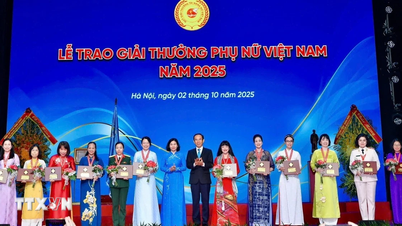








![[Video] Secret Garden maintains its position in the mainstream music stream](https://vphoto.vietnam.vn/thumb/402x226/vietnam/resource/IMAGE/2025/10/18/1760763065557_secretgaden-jpg.webp)


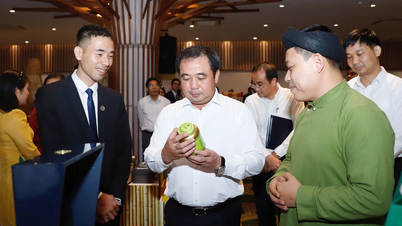


![[Photo] Nhan Dan Newspaper launches “Fatherland in the Heart: The Concert Film”](https://vphoto.vietnam.vn/thumb/1200x675/vietnam/resource/IMAGE/2025/10/16/1760622132545_thiet-ke-chua-co-ten-36-png.webp)












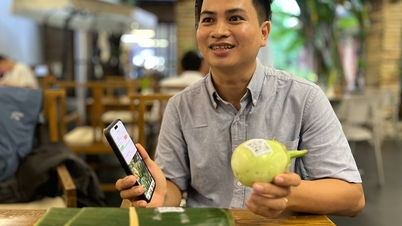



















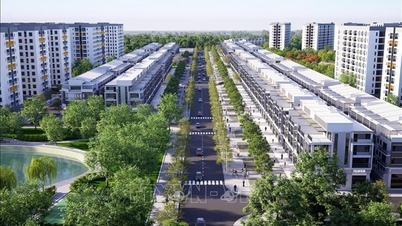




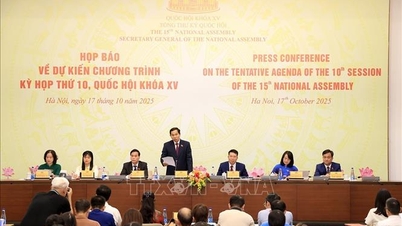









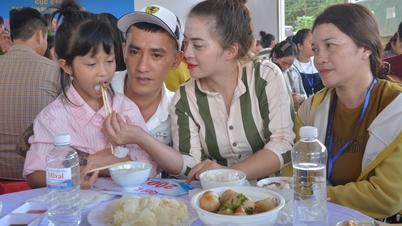

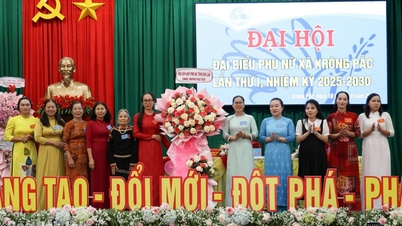
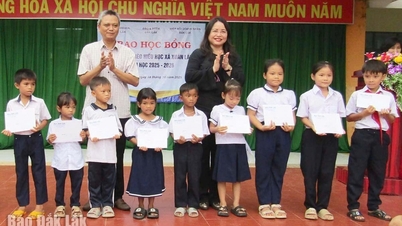




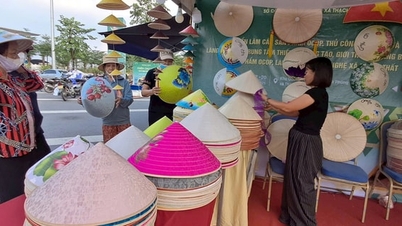











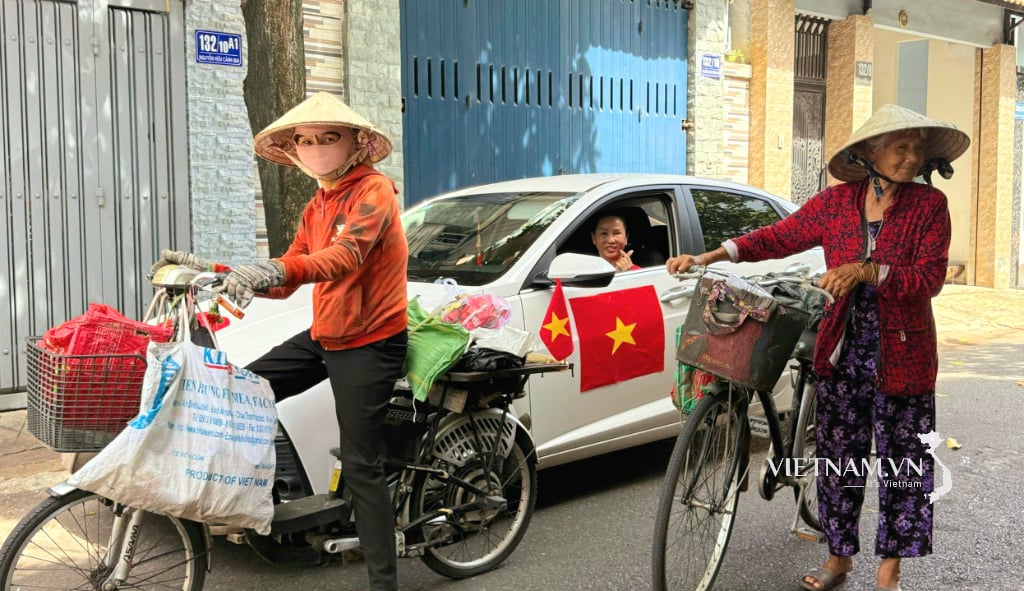


Comment (0)